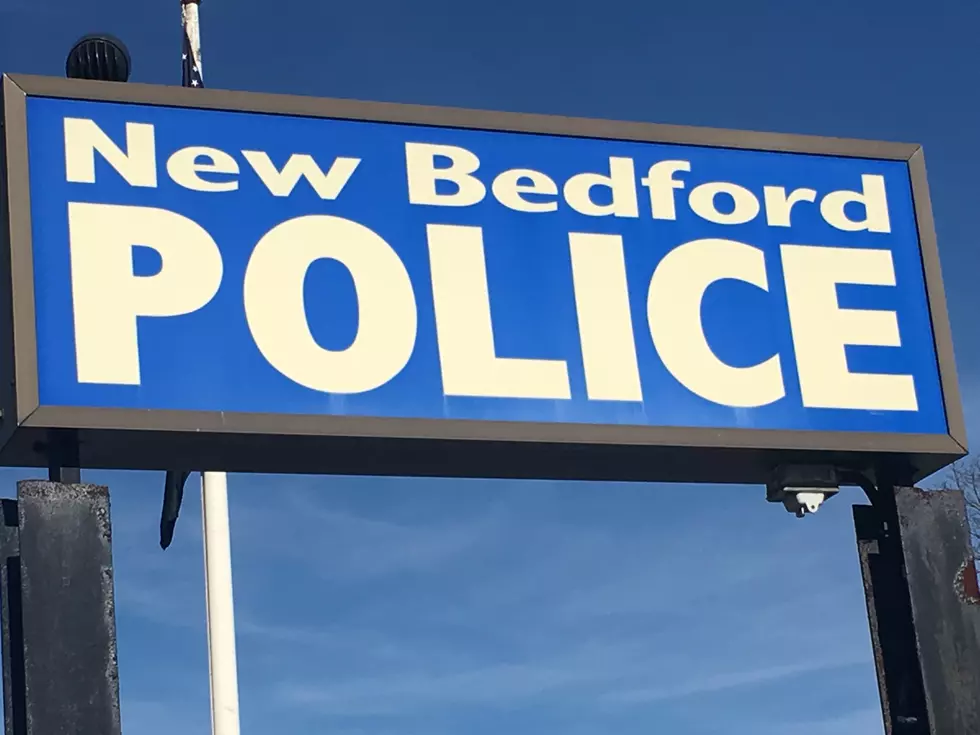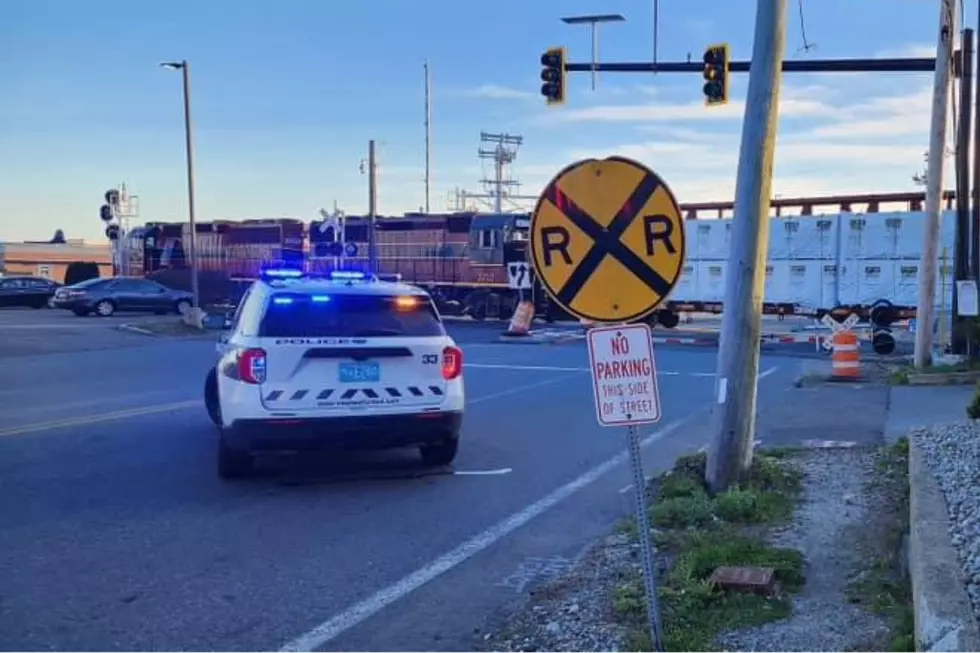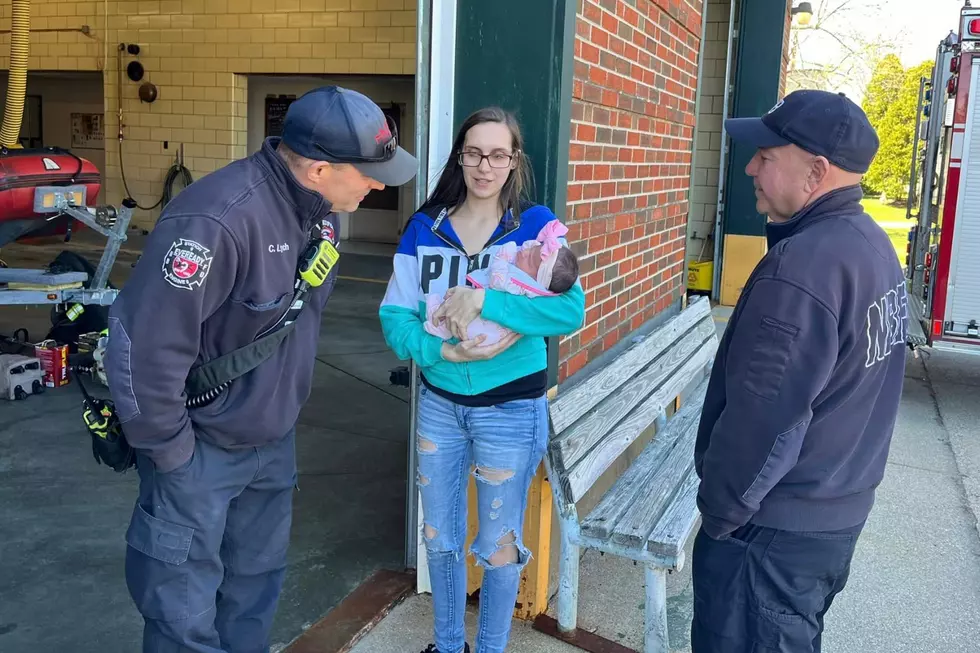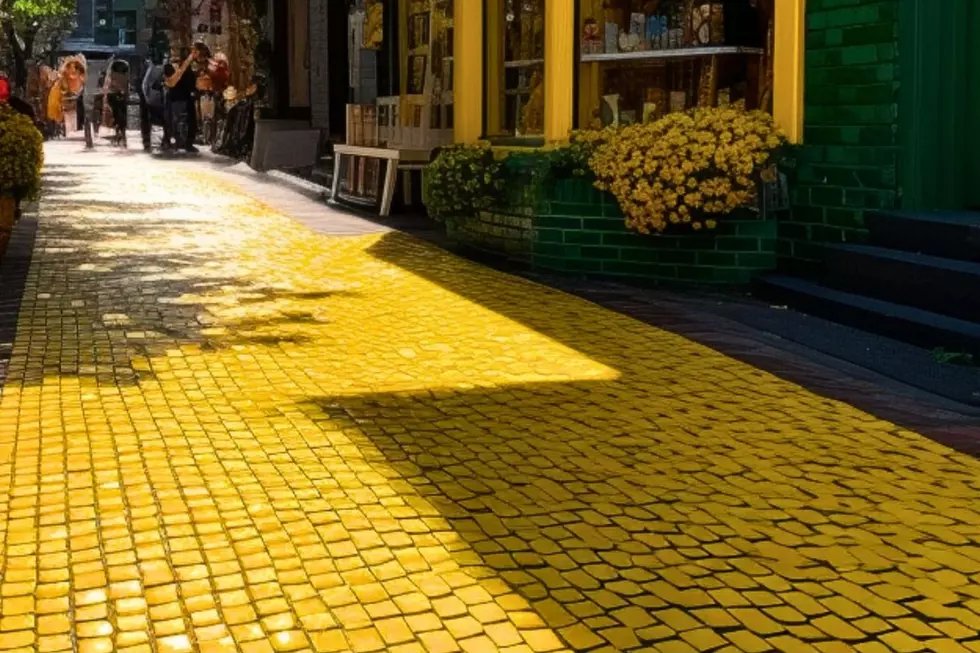
New Bedford Police Department Responds to Racial Profiling Report
The New Bedford Police Department has issued its formal response to a report by Citizens for Juvenile Justice alleging racial profiling and unfair policing by the department.
The report, entitled “We Are the Prey: Racial Profiling and Policing of Youth in New Bedford,” was released this past Wednesday, alleging that while only seven percent of the city’s population identifies as Black, 46 percent of individuals involved in police incident reports over the past five years were Black.
“The department takes seriously any allegation of disparate treatment by law enforcement, and our mission is to ensure community policing that keeps all residents and neighborhoods safe,” the department wrote in response, which was posted on the department's website.
The police department says there is a “fundamental discrepancy” in the report, in that the department provided 2,210 field incident reports to Citizens for Juvenile Justice, not the nearly 5,000 reports the organization claims in the study. The reports were given to the organization by the New Bedford Police Department through a public records request, representing the period between 2015 and June 2020.
“The department provided 2,210 reports to the organization, which miscalculated and misreported the number as 4,997 – likely drawn from the number of individuals observed, as many of whom were observed more than once, and do not represent unique individuals, which is also omitted in the report,” the police wrote. “In light of this fundamental discrepancy, it is impossible to make sense of much of the rest of the report.”
The department also notes that while the report does acknowledge that a field incident report doesn’t necessarily indicate an individual was stopped by police, it still portrays them as some kind of interaction.
“Field incident reports do not necessarily indicate physical interaction involving the police; they typically reflect observations conducted from a distance or even via social media,” the department wrote. “They do not necessarily indicate that an individual was approached, stopped, or interviewed, nor do they imply criminal behavior; oftentimes they represent observations of individuals known to police in locations where the risk of violence may be high, including the location of past homicides.”
Another reason the department finds the report less than credible, it says, is because “the report’s author(s) acknowledged during a public presentation that only five anonymous New Bedford residents were interviewed to draw conclusions about the perception of policing in the city.”
The police department goes on to list other discrepancies in the Citizens for Juvenile Justice report, and that “many of the recommendations the report made...the New Bedford Police Department had already implemented.”

The department points out the diversity of the police force, with 25 percent of officers identifying as people of color – 15 percent identifying as Black, six percent as Latino and four percent as Native American. It also points out that several of the report’s recommendations “do not consider the department’s existing initiatives or a lack of basic understanding behind some of the recommendations, which cannot be implemented by the department itself.”
One of the report’s major issues with policing in New Bedford is the eight officers who live in public housing units at a reduced rate.
“It should be noted that for more than a decade, NBPD officers have lived virtually rent-free (apparently $25 per month, including utilities) in several public housing units,” the report states. “A number of individuals we spoke to cited this fact and stated that this dynamic adds to the feeling of constant surveillance felt by residents in public housing.”
The police department points out that “this is not a policy under the authority of the Police Department, but rather the independent housing authority. It is also recommended by President Obama’s Task Force on 21st Century Policing, which recommends: ‘Law enforcement agencies should institute residency incentive programs such as Resident Officer Programs. Resident Officer Programs are arrangements where law enforcement officers are provided housing in public housing neighborhoods as long as they fulfill public safety duties within the neighborhood that have been agreed to between the housing authority and the law enforcement agency.’”
Police officers living in the city’s public housing developments became a hot-button issue earlier this year when a police officer’s residence in the Brickenwood neighborhood was shot at and struck with eight bullets while the officer was not home.
The NBPD says the report does raise serious issues, “but the inaccuracies, errors, and its lack of sourcing, definition of terms and attention to detail make the report difficult to follow and its findings dubious.”
Both Mayor Jon Mitchell and Police Chief Joseph Cordeiro gave statements to the Boston Globe about the study prior to having read it. In the days since it was released, however, Mayor Mitchell has not offered public comment on the specific allegations of the report, and there were no direct quotes in the department’s response attributed to Chief Cordeiro. The New Bedford Police Union also denounced the report on its Facebook page on Thursday.
City Councilor-at-Large Brian Gomes, chair of the council’s Committee on Public Safety and Neighborhoods, said on Thursday’s edition of The Barry Richard Show on WBSM that he plans to file a motion at this Thursday’s city council meeting for the entire council to publicly denounce the Citizens for Juvenile Justice report. Councilor-at-Large Naomi Carney also called in to say she would support Gomes' motion.
LOOK: Here are the 25 best places to live in Stacker compiled a list of the best places to live in Massachusetts using data from Niche. Niche ranks places to live based on a variety of factors including cost of living, schools, health care, recreation, and weather. Cities, suburbs, and towns were included. Listings and images are from realtor.com.
On the list, there's a robust mix of offerings from great schools and nightlife to high walkability and public parks. Some areas have enjoyed rapid growth thanks to new businesses moving to the area, while others offer glimpses into area history with well-preserved architecture and museums. Keep reading to see if your hometown made the list.
More From WBSM-AM/AM 1420









